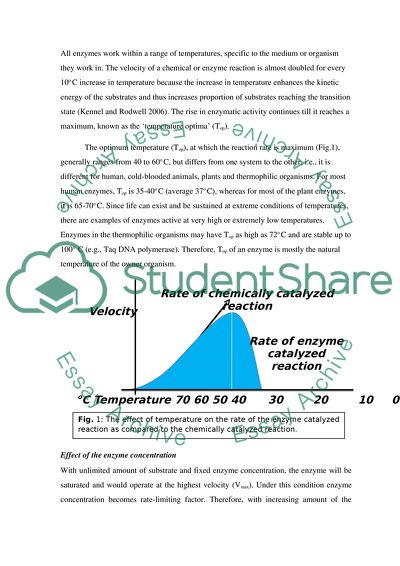Cite this document
(The Effect of Increasing Concentration of Enzyme Lab Report, n.d.)
The Effect of Increasing Concentration of Enzyme Lab Report. Retrieved from https://studentshare.org/biology/1747206-effects-of-temperature-and-enzyme-concentration-on-the-activity-of-enzymes
The Effect of Increasing Concentration of Enzyme Lab Report. Retrieved from https://studentshare.org/biology/1747206-effects-of-temperature-and-enzyme-concentration-on-the-activity-of-enzymes
(The Effect of Increasing Concentration of Enzyme Lab Report)
The Effect of Increasing Concentration of Enzyme Lab Report. https://studentshare.org/biology/1747206-effects-of-temperature-and-enzyme-concentration-on-the-activity-of-enzymes.
The Effect of Increasing Concentration of Enzyme Lab Report. https://studentshare.org/biology/1747206-effects-of-temperature-and-enzyme-concentration-on-the-activity-of-enzymes.
“The Effect of Increasing Concentration of Enzyme Lab Report”. https://studentshare.org/biology/1747206-effects-of-temperature-and-enzyme-concentration-on-the-activity-of-enzymes.


